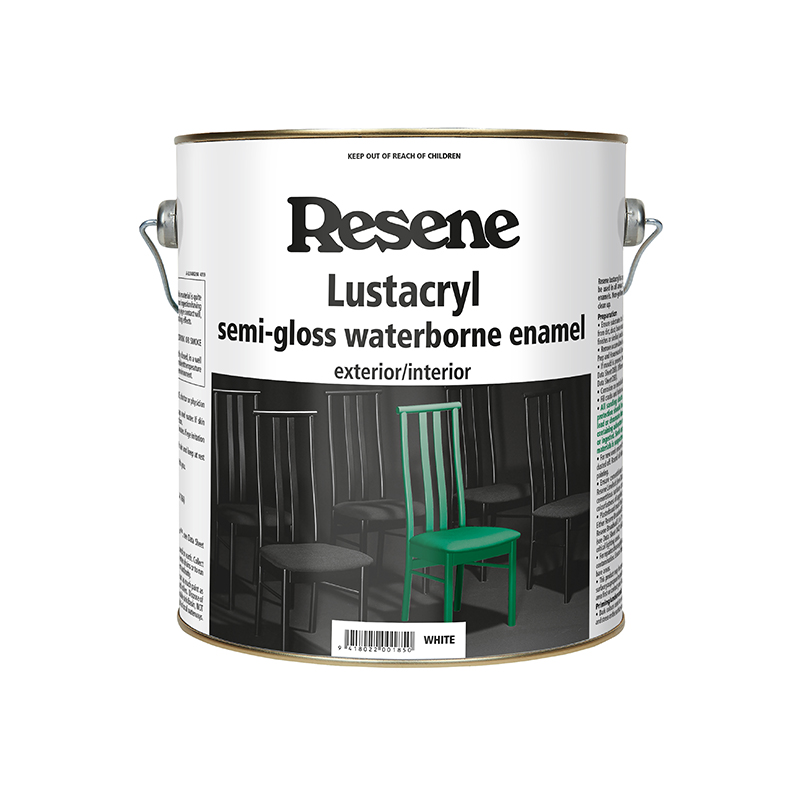Refreshing interior balustrades can instantly modernise and reinvigorate your stairwell, while still retaining their classic character and allowing it to shine through. Plus, painting not only transforms the look and feel of the area, it also provides good protection, as balustrades are one of the most touched surfaces in your home and are subjected to lots of daily wear and tear.
In this video, Resene paint expert Murdo Shaw shares a step-by-step demonstration on how to get the best results, as well as showing you the key tools, tips and techniques required. The secret to a smooth, professional-looking finish that goes the distance is in the preparation, so be sure to complete all the steps prior to picking up your paintbrush.
While professionals would generally spray balustrades (all those curves and angles can be fiddly!), this is a relatively straightforward and very satisfying DIY job that shouldn’t take too long. It’s also a good task to tick off during winter, and you’ll definitely save money by doing it yourself.
Do keep the temperature in mind if you choose to paint during the colder months, however. It’s advisable to run a heat pump or heater for a while before painting to get your home to an even, comfortable temperature of around 15-16°C. Keep doors and windows open for ventilation and airflow while the paint is drying, and if you have access to a dehumidifier, get that going as well to help the drying process.
Once you’re all done, don’t let the half-used tins take up space in your garage or have them end up in landfill. Unwanted paint and paint containers can be dropped off to your local Resene ColorShop and returned to the Resene PaintWise paint and paint packaging recovery programme. These are either donated to community groups, sent to solvent recovery, used to cover graffiti, or else recycled and disposed of responsibly.























